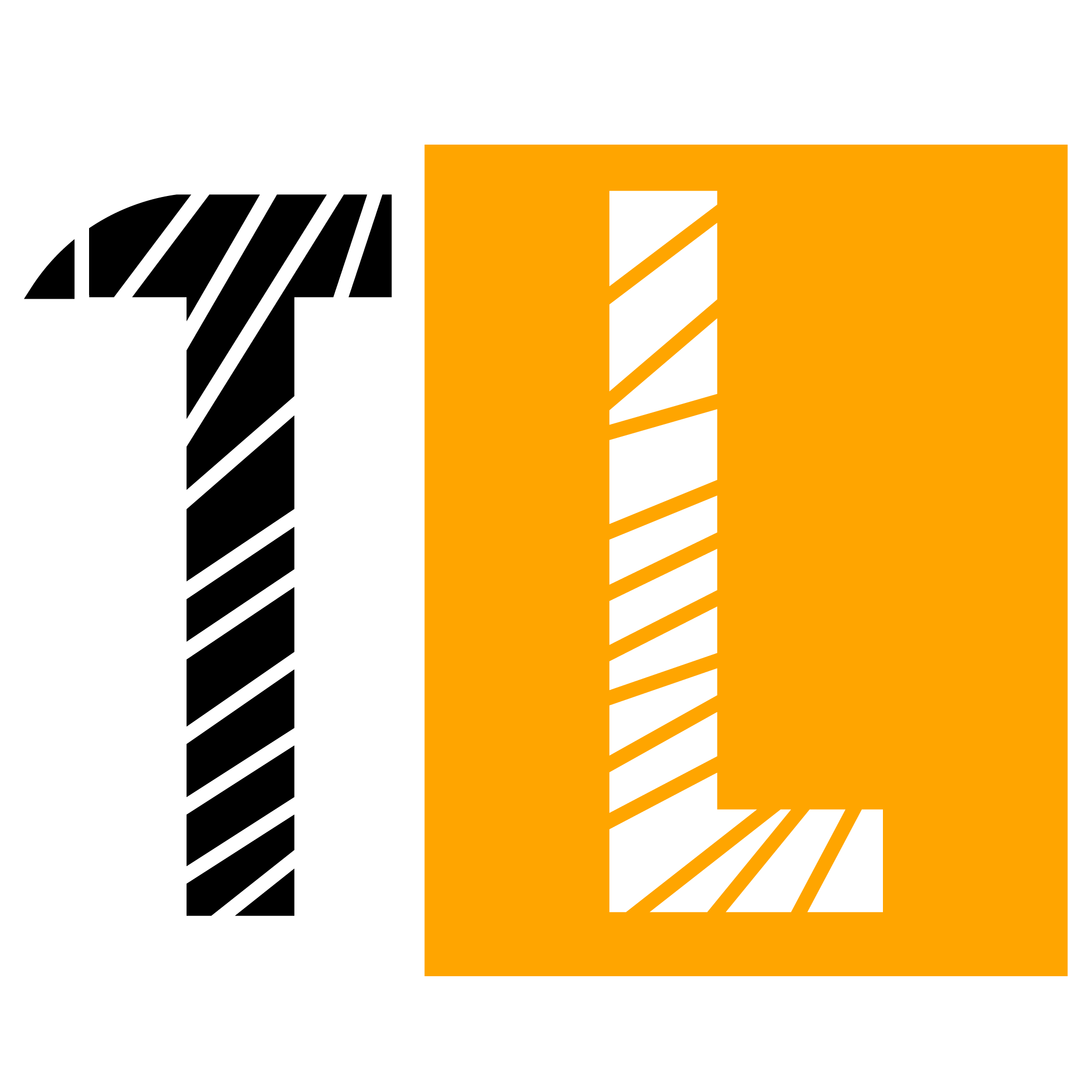Who is the owner of the fence?
Despite the common misconception, there isn’t a predetermined side of the fence allocated to each property. The typical method to determine ownership is by referencing the Title Plan or Land Registry. The presence of a ‘T’ mark on these documents indicates boundary ownership and, consequently, responsibility for maintenance. If there is any uncertainty, consulting boundary solicitors can help clarify which boundary falls under your responsibility.
What should I do if I can’t locate any documents indicating ownership?
At present, there is no legal requirement for boundary ownership to be explicitly defined in title deeds throughout England and Wales, although the rules differ in Scotland and Ireland. Consequently, there are instances where not all boundaries have been clearly delineated.
In such situations, you may need to explore options such as conducting additional research within the Registry of Deeds, seeking assistance from a boundary surveyor or solicitor, or engaging in a boundary agreement with your neighbours. For more information on handling boundary disputes, you can refer to our dedicated blog on the subject.
Can I visually determine which fence belongs to my property?
Generally, you can make an educated guess about fence ownership by observing where the rails are located. Fences are often installed with the rails facing away from the owner’s property, ensuring that the neighbour enjoys the more aesthetically pleasing side of the fence. This configuration enhances security by eliminating rails that could be used for climbing into your garden. However, it’s essential to note that this practice isn’t always consistent, so it’s advisable to cross-reference such observations with legal documents for confirmation.
Who receives the more aesthetically pleasing side of the fence?
There is no legal requirement for your neighbour to receive the more appealing side of the fence; the decision is entirely at your discretion. Opting for double-sided panels with no discernible ‘bad’ side, where both sides look identical and the rails are concealed within the panel, can be a good choice. It’s worth noting that if a boundary borders a road or footpath, it’s advisable to install the panels with the rails on the inside to prevent them from serving as a convenient ladder for potential burglars entering your garden.
Explore double-sided fence panel options today.
Is it time to consider replacing your fencing?
We provide a comprehensive selection of high-quality fence panels for those in need of boundary fencing replacement. We strongly advise investing in durable fence panels designed for long-lasting performance. Seek out pressure-treated timber options with substantial guarantees, as this can prove to be a time- and cost-saving choice in the long run
.Discover our assortment of fence panels.
What is the maximum allowable height for your fence?
You can erect a fence up to 2 metres in height without needing planning permission. If your wall or fence is situated alongside a highway, which includes footpaths, it must be at most a height of 1 metre with the acquisition of planning permission. If you need clarification on these regulations, it’s recommended to contact your local authority before initiating any alterations or raising the height of your boundary. For more comprehensive information, please consult our planning permission advice page.
Can both my neighbour and I share ownership of the same fence or wall?
Yes, if the title deeds display a mirrored T symbol, it signifies a shared boundary, making both you and your neighbour jointly responsible for it.
How can I encourage my neighbour to undertake repairs to their fence?
Regrettably, there is no method to compel your neighbour to repair their fence, even if it’s in a state of disrepair and negatively impacting your garden’s appearance. While hiring a dispute expert is an option, it will be recorded as an official dispute and must be disclosed when selling your house. One potential solution is to install your fence within your property’s boundaries adjacent to the existing one to address the issue.
Who owns Fence England?
The ownership details of Fence England are outside my knowledge base, which is current until September 2021. It’s essential to consult official corporate registrations or search online for the most recent information to ascertain the current ownership.
Who actually owns the correct side of the fence?
Legal papers and property deeds choose who owns the right side of the fence. If your deeds specify it as your responsibility, it’s yours; otherwise, it may belong to your neighbour. Typically, party fences are shared between neighbours, making it essential to consult these documents for clarity on ownership.
Who is the face of fencing?
Property deeds and legal documentation determine ownership of the right side of the fence. If your deeds specify it as your responsibility, it’s yours; otherwise, it may belong to your neighbour. Typically, party fences are shared between neighbours, making it essential to consult these documents for clarity on ownership.
What is the seven-year boundary rule in the UK?
The 7-year boundary rule in the UK concerns garden walls and fences. Suppose you consistently maintain such a structure for seven years, even if it slightly encroaches onto your neighbour’s land. In that case, you may gain legal ownership of the land up to the structure’s position. This rule is based on the principle of adverse possession but should be approached cautiously due to its legal complexity.
What is the boundary rule?
The boundary rule, commonly known as the 7-year boundary rule in the UK, relates to garden walls and fences. It stipulates that if you consistently maintain a garden wall or fence for an uninterrupted 7-year period, even if it slightly extends onto your neighbour’s land, you could gain legal ownership of the land where the structure is located. This rule is based on the concept of adverse possession but requires careful consideration due to its legal complexity.
